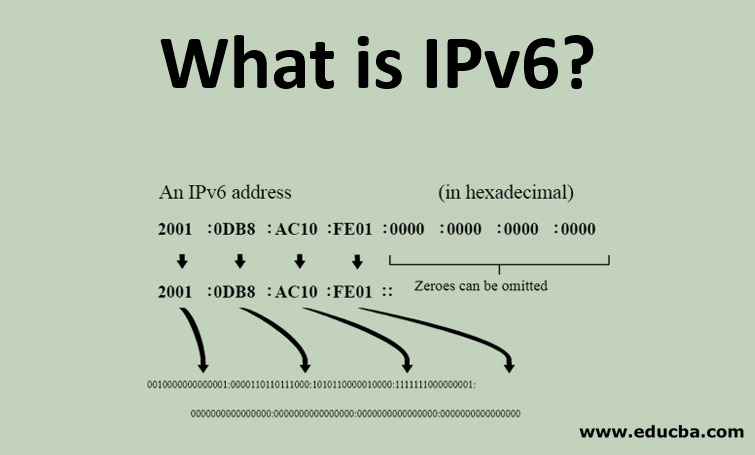IPv6 static routing is a routing method where network administrators manually configure the routing table on routers to specify the paths for IPv6 traffic. Unlike dynamic routing protocols that exchange routing information among routers, static routing requires manual configuration and does not involve the exchange of routing updates.
Here are the key points to understand about IPv6 static routing:
- Manual Configuration: In static routing, administrators manually configure the routing table on each router in the network. They specify the destination IPv6 network and the next-hop router or interface through which the traffic should be forwarded.
- Default Route: A default route can be configured in the absence of specific routes for certain destinations. It acts as a catch-all route, directing traffic to a specified next-hop router or interface when no specific match is found in the routing table.
- Point-to-Point Links: Static routing is commonly used in point-to-point links, such as point-to-point links between routers or links to Internet service providers (ISPs). In such cases, the routing is relatively simple, and static routes can be manually configured to direct traffic between the connected routers.
- Small Networks or Stub Networks: Static routing is often used in small networks or stub networks where the network topology is simple, and there are only a few routes to configure. It is less complex and does not require the overhead of running dynamic routing protocols.
- Manual Updates: Any changes or additions to the network topology or routing requirements require manual updates to the static routes on each affected router. This can be time-consuming and error-prone, particularly in large networks with frequent changes.
- Lack of Redundancy and Adaptability: Static routing does not provide automatic failover or load balancing capabilities. It lacks the ability to dynamically adapt to network changes, such as link failures or new network additions.
- Administrative Control: Static routing provides network administrators with full control over the routing decisions. They can precisely define the paths that the traffic should take, which can be advantageous in certain scenarios.
Here are some additional details about IPv6 static routing:
- Route Configuration: To configure static routes in IPv6, network administrators need to specify the destination network prefix and the next-hop router or the outbound interface. The next-hop router can be identified by its IPv6 address, while the outbound interface can be specified directly.
- Routing Table Entries: Each router maintains a routing table that contains entries for the static routes. These entries include the destination IPv6 network prefix, the prefix length, the next-hop IPv6 address, and the outgoing interface.
- Routing Metrics: Unlike dynamic routing protocols that use metrics to determine the best path, static routing does not inherently support metrics. In static routing, administrators manually configure the next-hop router or interface for each route without considering factors like link bandwidth or delay. However, some routers allow administrators to assign administrative distances to static routes as a means of priority.
- Administrative Distance: Administrative distance is a value assigned to a routing protocol or static route to indicate its trustworthiness or preference. In the case of multiple routes to the same destination, the route with the lowest administrative distance is preferred. Administrative distances are typically preconfigured on the router and can be modified if needed.
- Route Summarization: Static routing allows for route summarization, also known as aggregation. Route summarization involves combining multiple smaller network prefixes into a single larger one. This can help reduce the size of the routing table and minimize the overhead of routing updates.
- Limited Scalability: Static routing can become challenging to manage in large and complex networks. With a significant number of routes or frequent changes in the network topology, manually configuring and updating static routes on every router can be time-consuming and prone to errors.
- Security and Stability: Static routing can provide enhanced network security as there are no dynamic routing protocol exchanges, reducing the attack surface. It also offers stability because the routes remain constant unless manually modified.
- Combination with Dynamic Routing: In many cases, static routing is used in combination with dynamic routing protocols. Static routes can be used to define specific paths for certain destinations, while dynamic routing protocols handle the remaining routes. This approach combines the control and predictability of static routing with the adaptability and redundancy of dynamic routing.
It’s important to note that static routing is typically used in conjunction with dynamic routing protocols or as a temporary solution until dynamic routing protocols are implemented. Dynamic routing protocols can automatically adapt to changes in the network and provide redundancy and load balancing features that static routing lacks.
